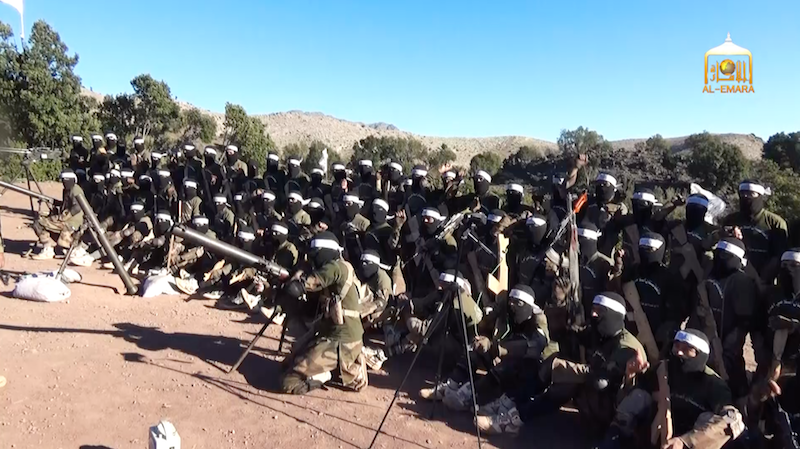
Scores of Taliban recruits train at Abu Ubaidah bin Jarrah Training Camp
Scores of Taliban recruits train in broad daylight at the Abu Ubaidah bin Jarrah Training Camp.

Scores of Taliban recruits train in broad daylight at the Abu Ubaidah bin Jarrah Training Camp.
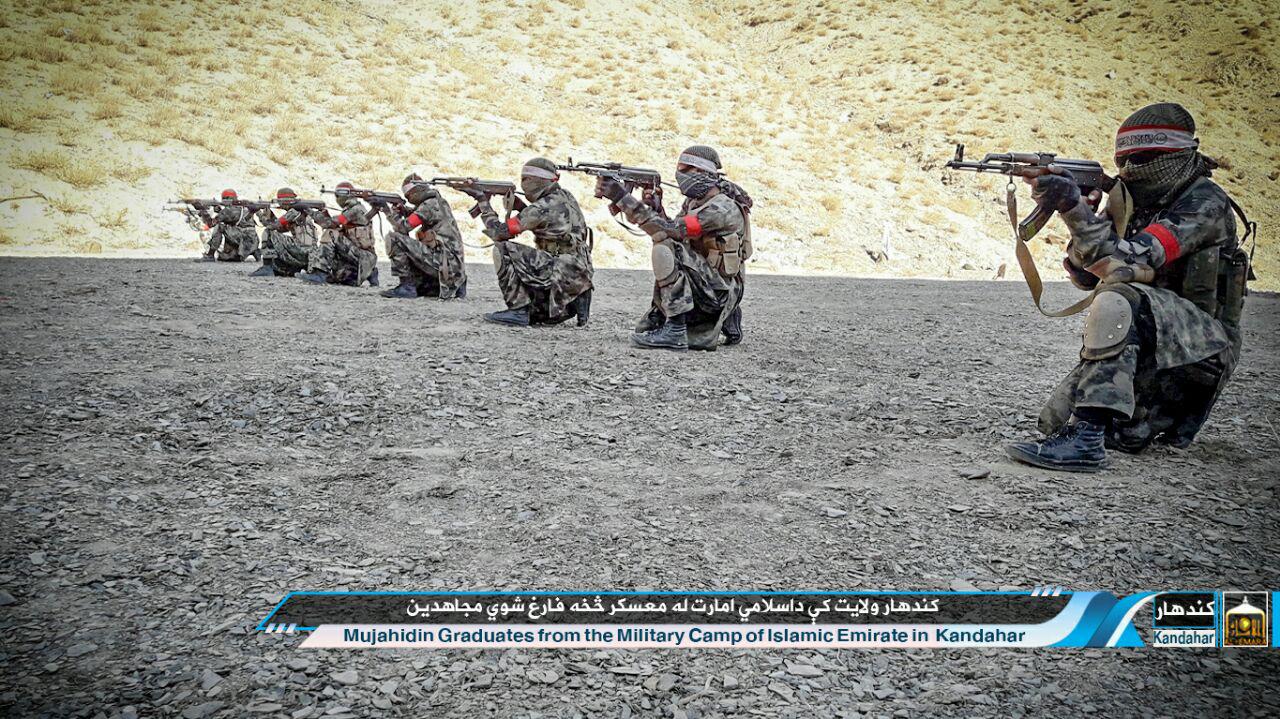
The US wants the Taliban to lay down its arms and recognize the legitimacy of the Afghan government. The State Department has even encouraged the group to “turn their bullets and bombs into ballots” and “vote.” But in a new statement, the Taliban again rejects Afghanistan’s parliamentary elections, saying it is a “demand of our faith” that they be “prevented from taking place.”
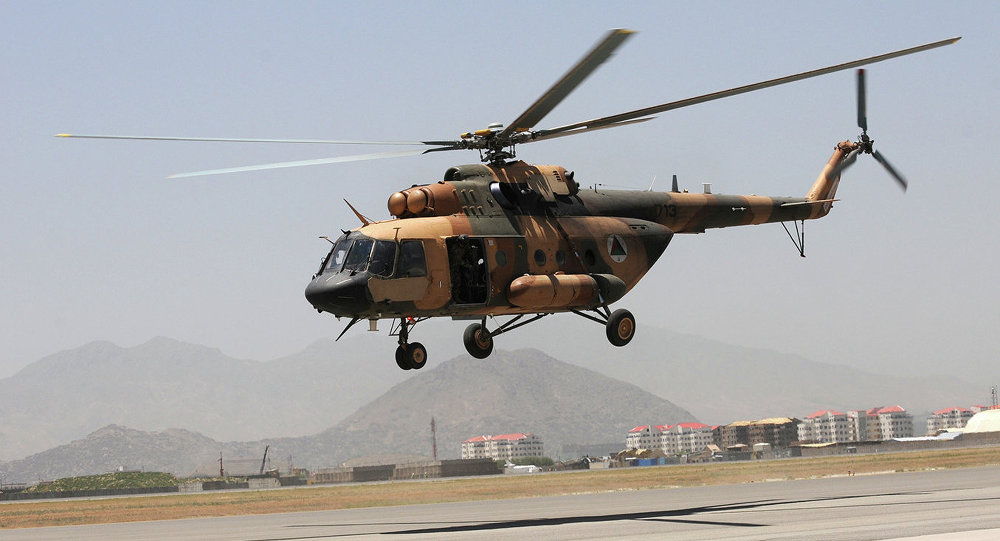
The Afghan military was either unable or unwilling to secure the crash site and recover the bodies of its soldiers at least 10 hours after the helicopter went down.
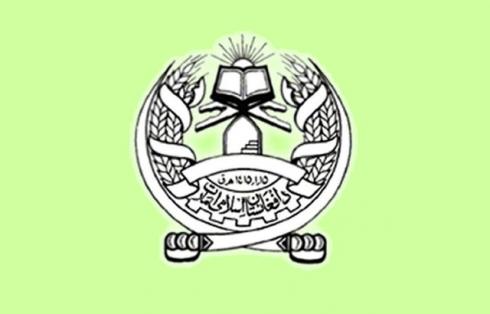
The Taliban has released yet another video showing their fighters gathering in the open after overrunning a military base without fear of reprisal from NATO or Afghan warplanes.
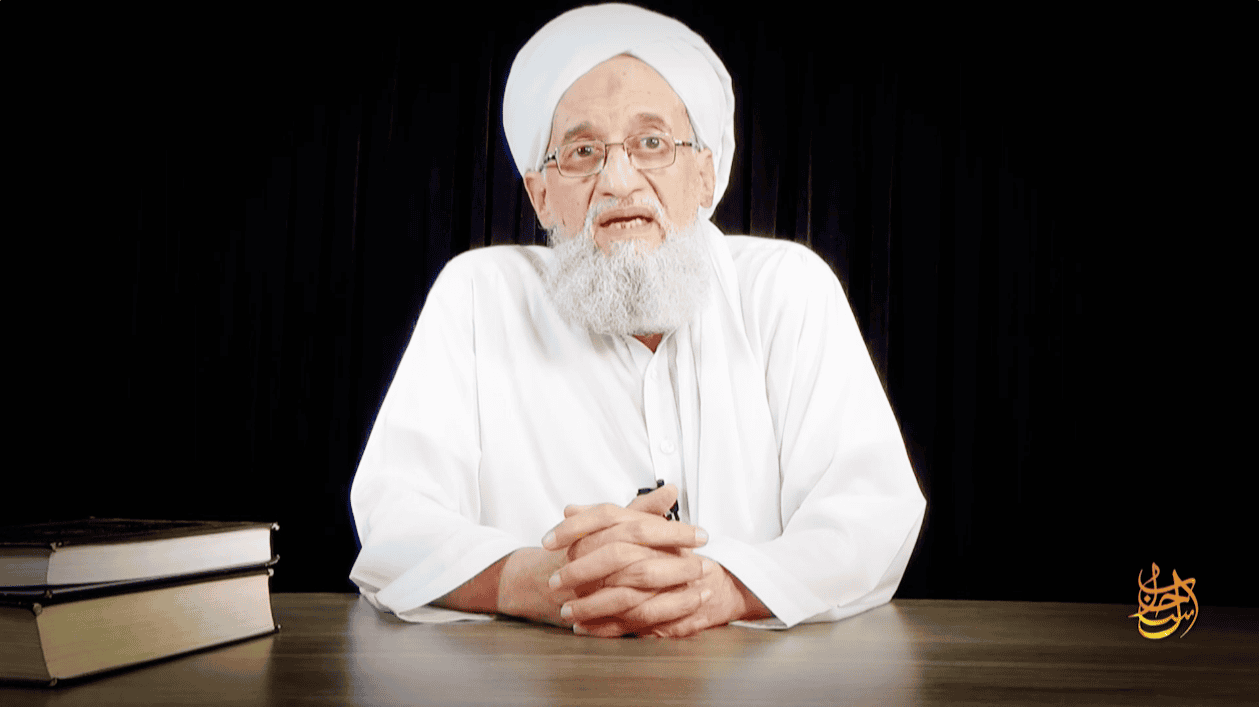
AL Qaeda’s operatives are fighting in more countries around the world today than was the case on 9/11. And its leaders still want to target the United States and its interest and allies. The war they started is far from over.
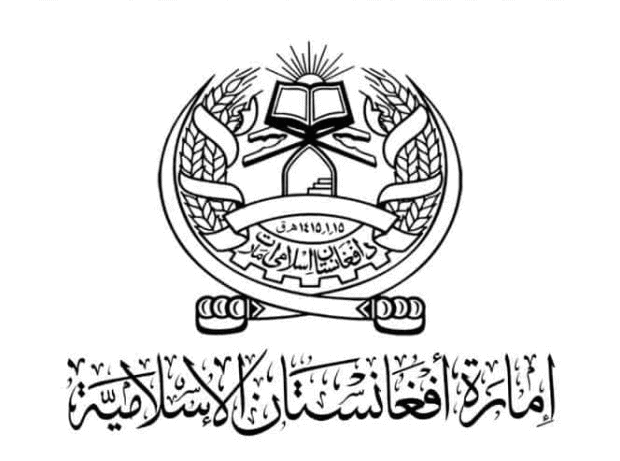
The Taliban overran the Kham Ab district center in Jawzjan province in the last 24 hours as the group continues to pressure Afghan forces in the north.
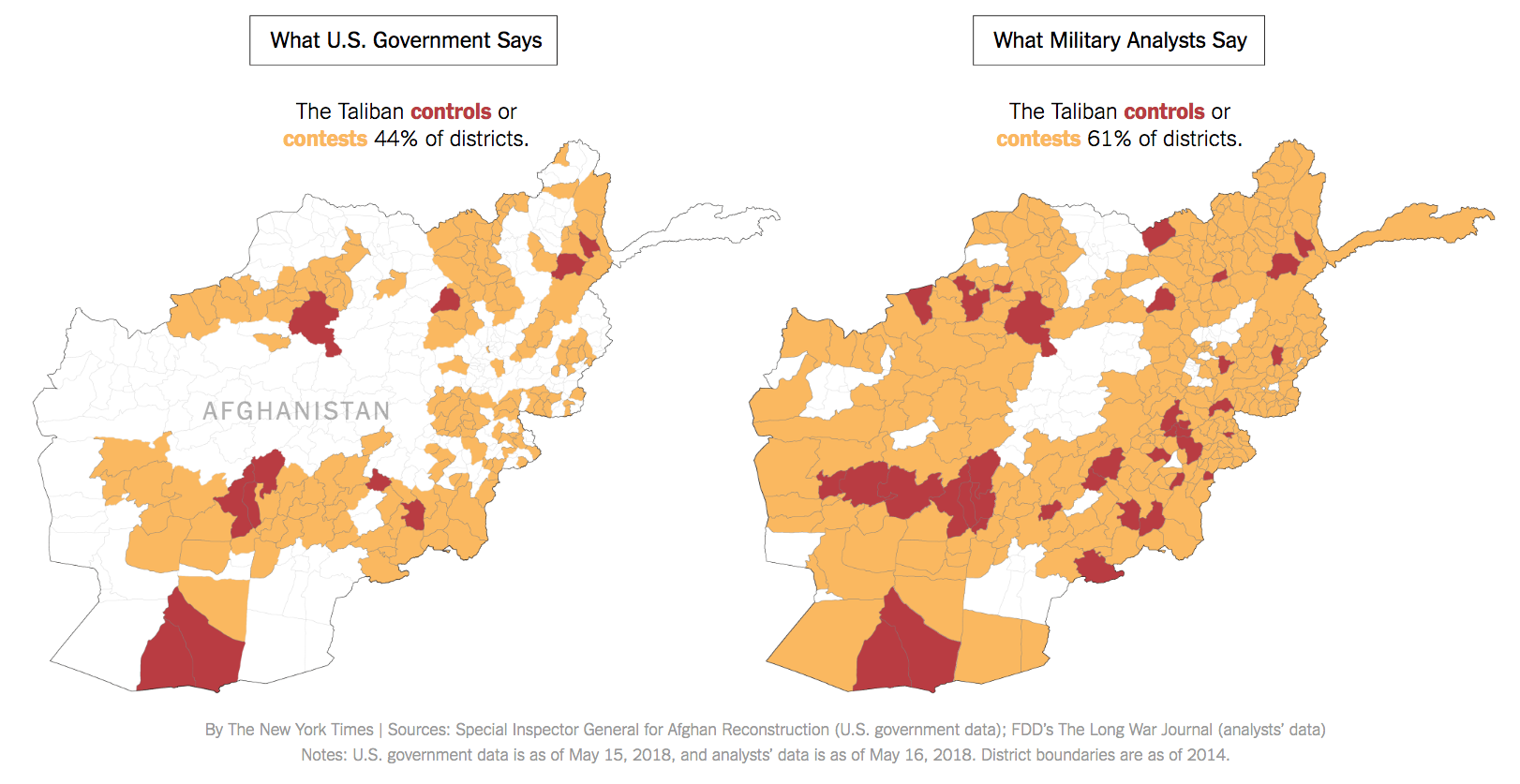
The New York Times map compares assessments from the US military and FDD’s Long War Journal on Taliban controlled and contested districts in Afghanistan.

Jalaluddin fought the Soviets, served as the Minister of Frontiers during the Taliban rule of Afghanistan from 1996-2001, was a member of the Taliban’s Quetta Shura, or governing body, and father of Sirajuddin Haqqani, one of the Taliban’s two deputy emirs and overall military commander.
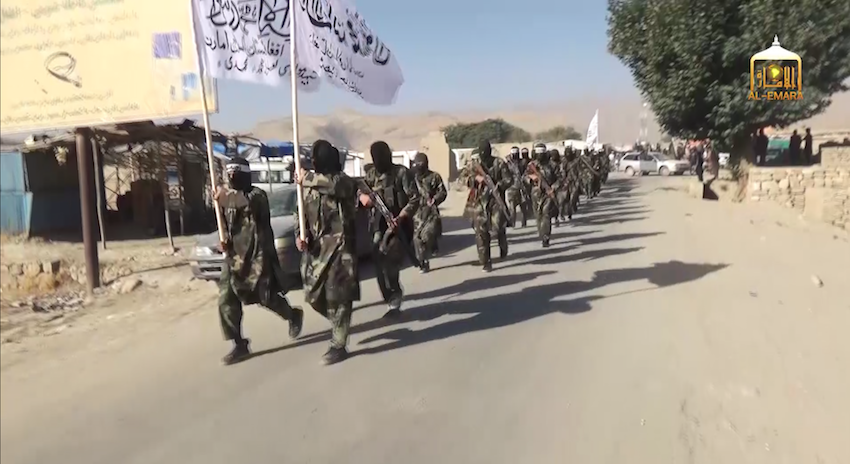
Afghan military officers said there are no problems in Faryab and that the abandonment of the bases was all part of plan.
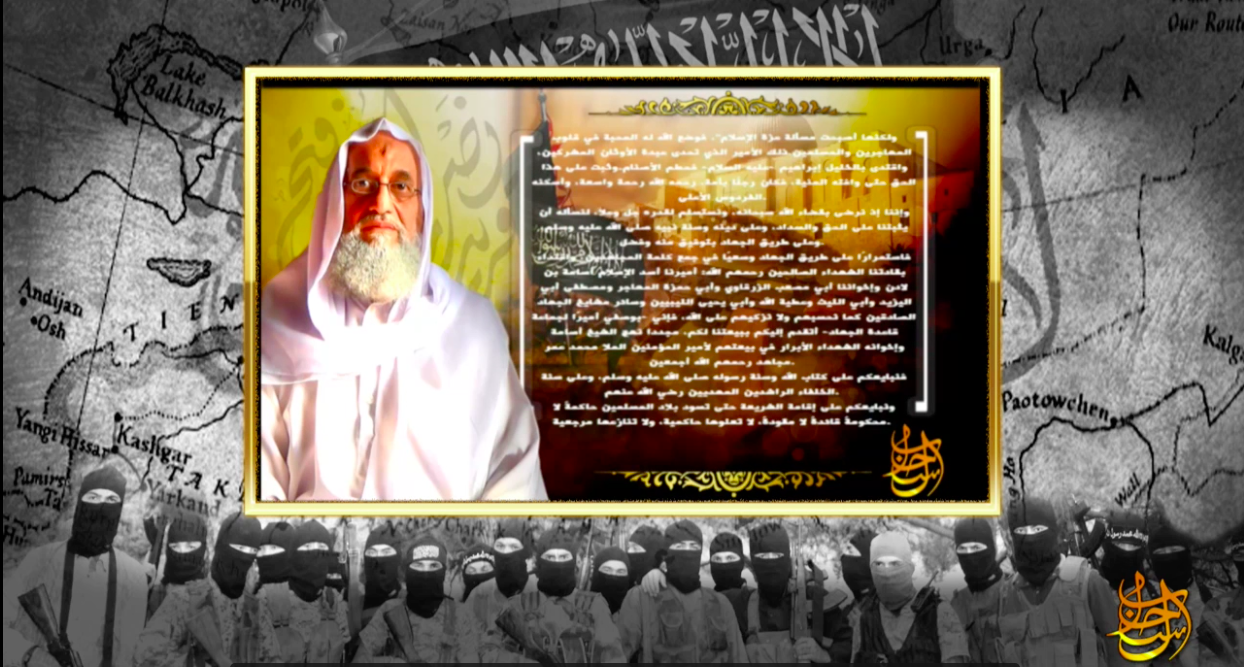
The Trump administration is desperately trying to negotiate with the Taliban’s senior leadership. The Obama administration did as well, with the effort ending in a diplomatic fiasco.
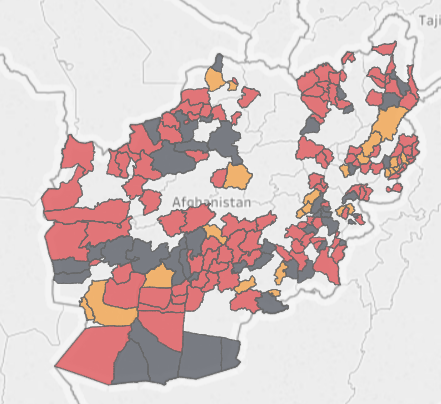
The Afghan military continues to struggle to hold onto districts in remote areas of the country. The fall of Ghormach was all but certain after the Taliban overran a large base in the district on Aug. 11 and killed and captured nearly 100 Afghan soldiers.
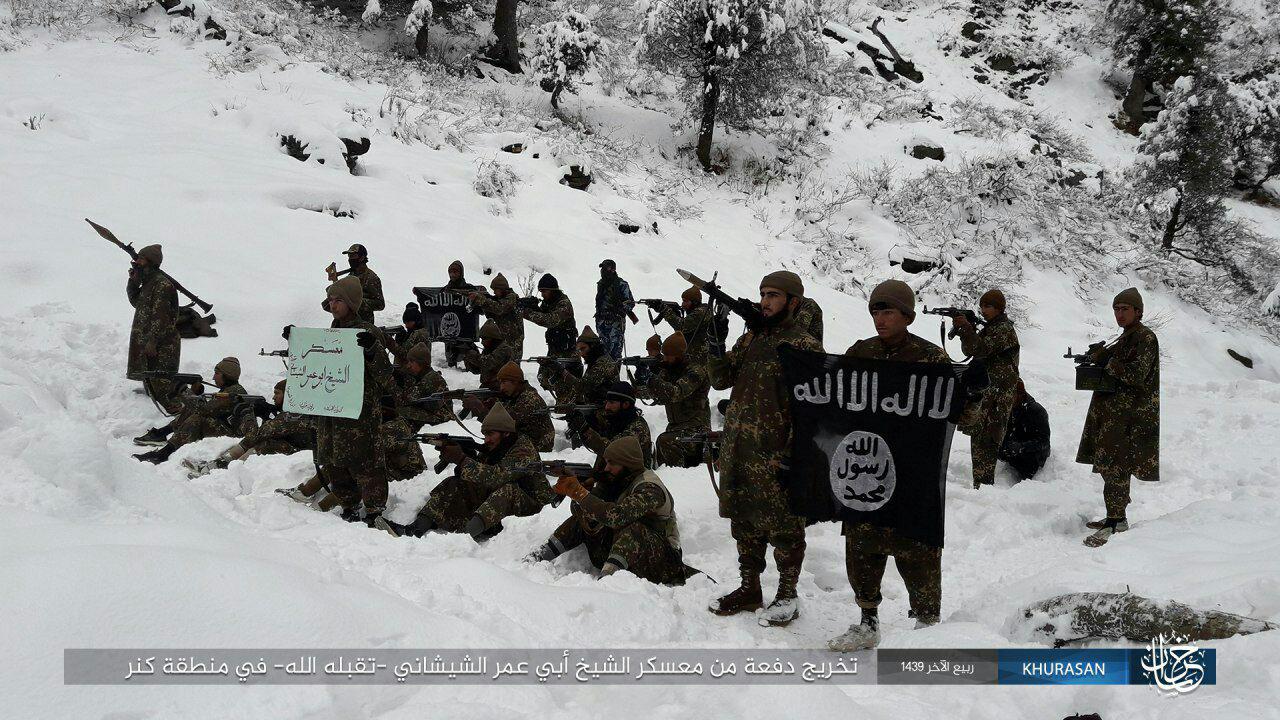
Bajauri’s death is likely to be touted as a strategic blow to Khorasan province. However, the US military has killed the three previous leaders in the span of 25 months, and yet the group has expanded its operations.

Al Qaeda has released a new message from its emir, Ayman al Zawahiri, who argues that the Taliban’s Islamic Emirate of Afghanistan is a core part of a new, imagined caliphate.
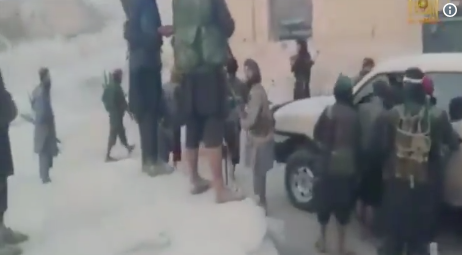
Like many other similar Taliban videos that show the aftermath of successful assaults on military bases and outposts, the Taliban fighters are seen walking throughout the base in broad daylight, without fear of being targeted by Afghan or Resolute Support aircraft.
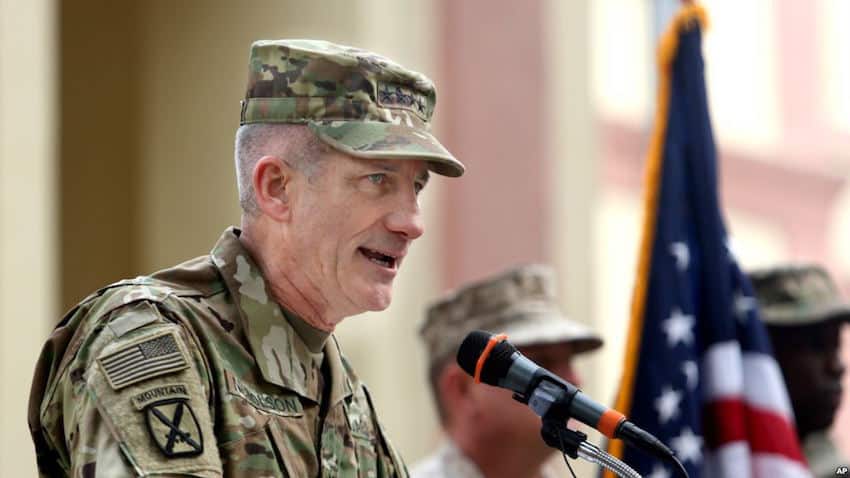
At a Pentagon press conference, General Nicholson again gave a Pollyannish assessment of the state of Afghanistan. He claimed the peace process is working and the Taliban’s offensive is failing, and took credit for a Taliban victory over the Islamic State.

The fall of the northern district of Bilchiragh in Faryab province, is part of a disturbing pattern of Afghan forces being surrounded by the Taliban and then either overwhelmed or forced to surrender.
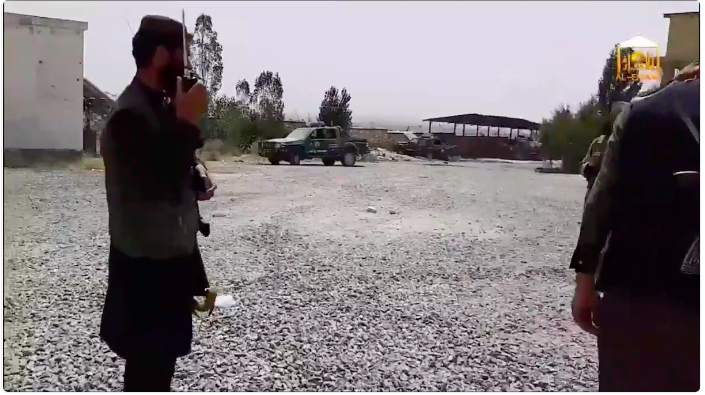
In what has become an all too familiar scene in Afghanistan, Taliban fighters celebrated their victory and looted a district center in broad daylight, without fear of reprisal.
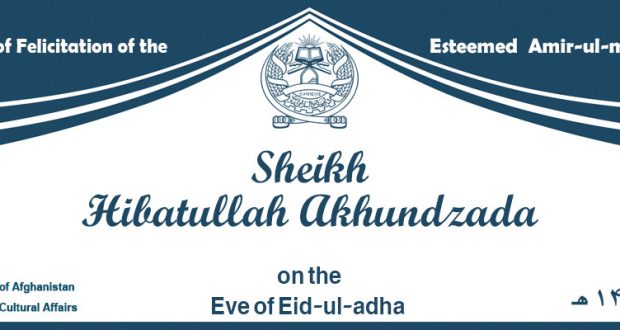
The Taliban has released a new statement attributed to its emir, Hibatullah Akhundzada, who says there will only be “peace” when America leaves Afghanistan. Akhundzada blasts the current Afghan government as a “corrupt regime” and portrays the Taliban’s Islamic Emirate of Afghanistan as the only legitimate authority.
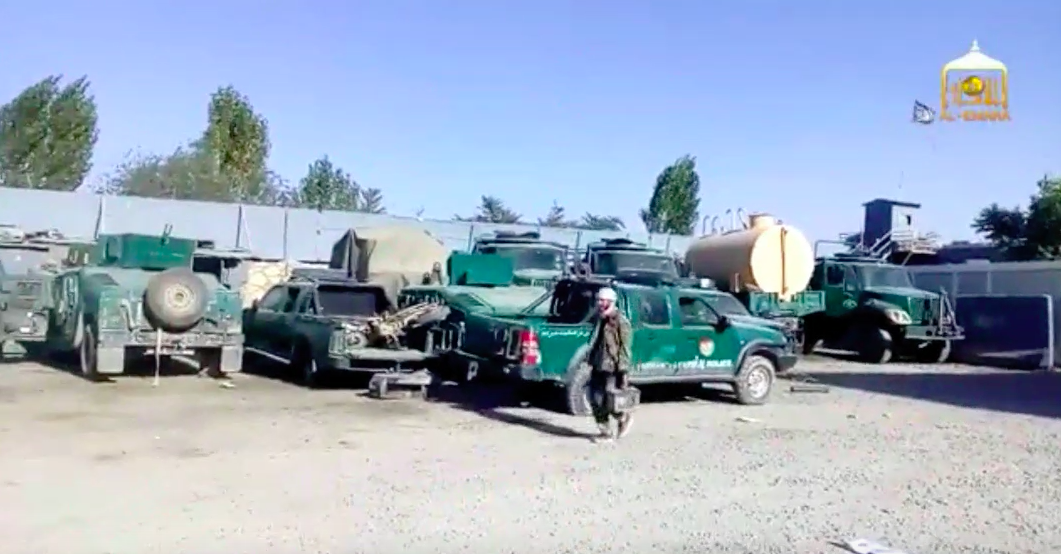
The Taliban occupied a police station in Ghazni City and looted the facility even as Resolute Support claimed the entire city was under Afghan government control.
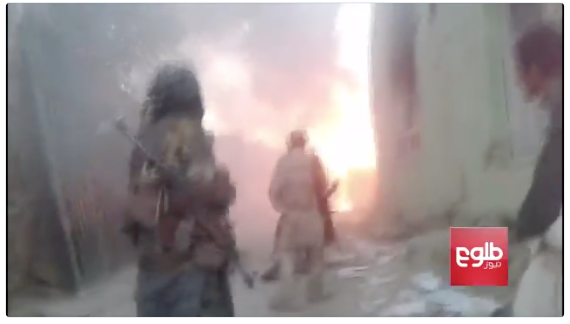
The Taliban never slowed in launching numerous attacks across the country even as it committed significant resources to the fight in Ghazni.
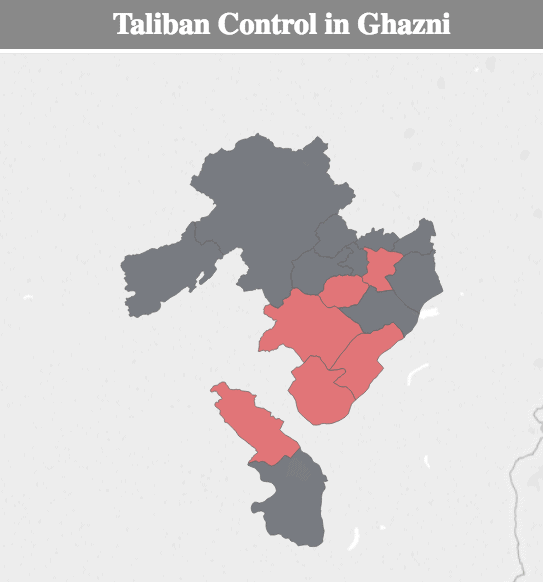
In addition to Ajristan and Khwaja Umar, the districts of Nawur, Jaghatu, and Deh Yak have fallen to the Taliban. Meanwhile, Resolute Support has intentionally misled the the public about the status of seven of Ghazni’s districts. Resolute Support claimed these districts were under government control; in reality the Taliban physically controlled the terrain while the Afghan government operated the government remotely from Ghazni City.
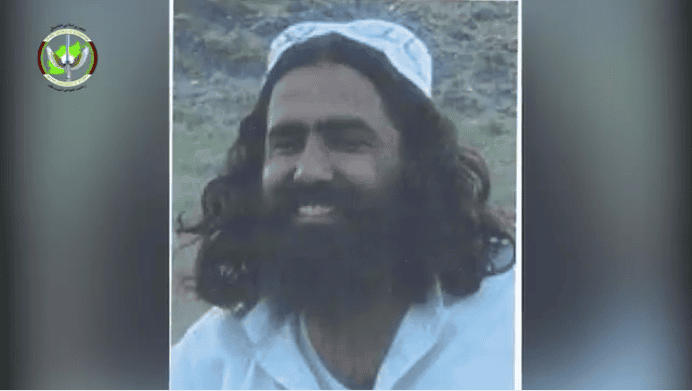
Al Qaeda has long operated in Ghazni province, the site of a large-scale Taliban offensive in recent days. In 2010, Osama bin Laden ordered his men to relocate from northern Pakistan into Ghazni and other Afghan provinces. Bin Laden’s lieutenant also wrote in mid-2010 that al Qaeda had “very strong military activity” in at least eight Afghan provinces, including Ghazni. More recently, American and Afghan forces have targeted al Qaeda operatives in the province.

Meanwhile, Resolute Support continues its claim Ghazni City is under Afghan control and uses Taliban body counts as a measure of success.

The current fighting in and around Ghazni City indicates that the Taliban has a detailed plan to tie up Afghan forces while attempting to seize the provincial capital. Additionally, the Taliban was able to mass its forces undetected; the Afghan military was clearly caught off guard and is struggling to get into the fight four days after the Taliban launched its attack.
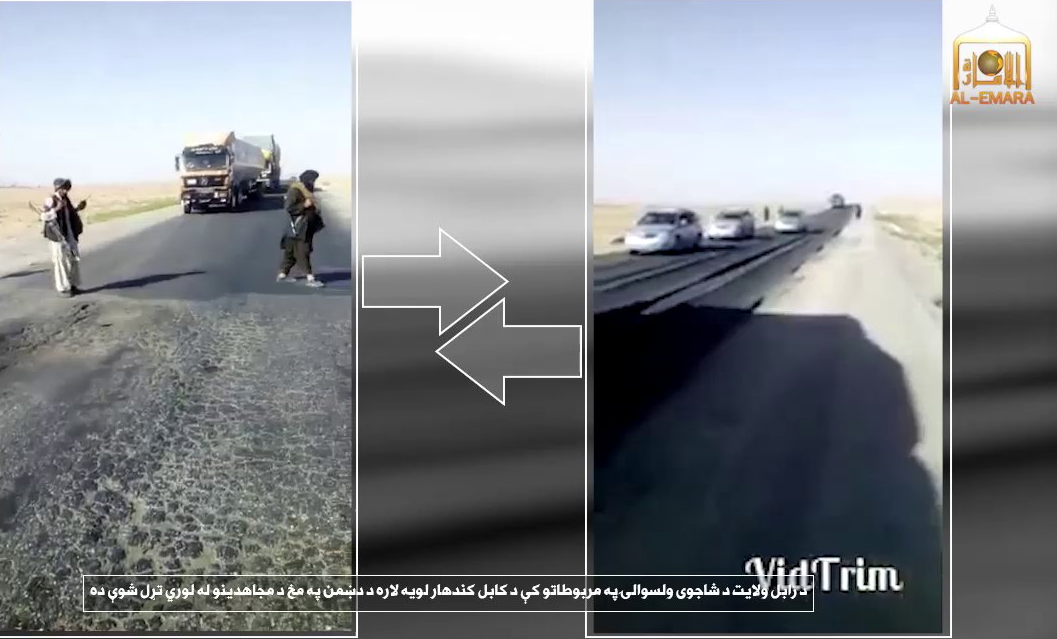
Resolute Support initially described the attack on Ghazni City as a “failed attempt” that would be used by the press to generate sensational headlines. Two days later, Afghan forces are still battling entrenched Taliban fighters inside the city, and the vital Kabul-Kandahar remains severed. Battles such as the one in Ghazni, reveal a disturbing pattern of misinformation and deception by Resolute Support when it comes to assessing and reporting on the Taliban’s attacks on major cities as well as its assaults on district centers.
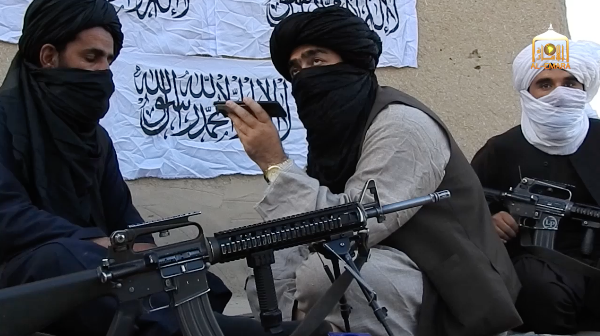
Both the Afghan government (and Resolute Support) and the Taliban claim they control the city. The Afghan government and Resolute Support have proven unreliable in the past when it denied that the Taliban twice took control of Kunduz City, as well as Farah City earlier this year.

The raids in Helmand and Nangarhar indicate that al Qaeda’s leaders are not focused on its survival. Al Mesri was focused on manufacturing IEDs to support the Taliban’s insurgency in Helmand, while Rahmatullah and his cohorts were operating in Nangarhar’s provincial capital.
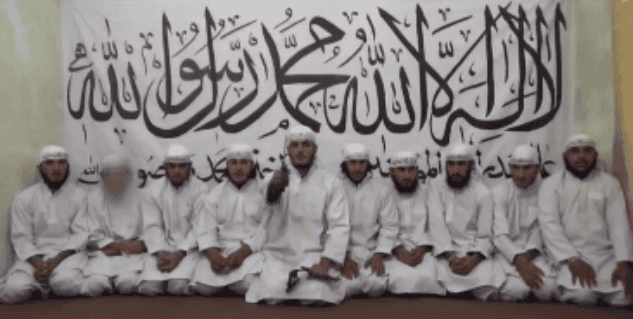
The Taliban remains active in Parwan, where it contested five of the provinces 10 districts. One American and two Afghan soldiers were also wounded in the suicide attack.
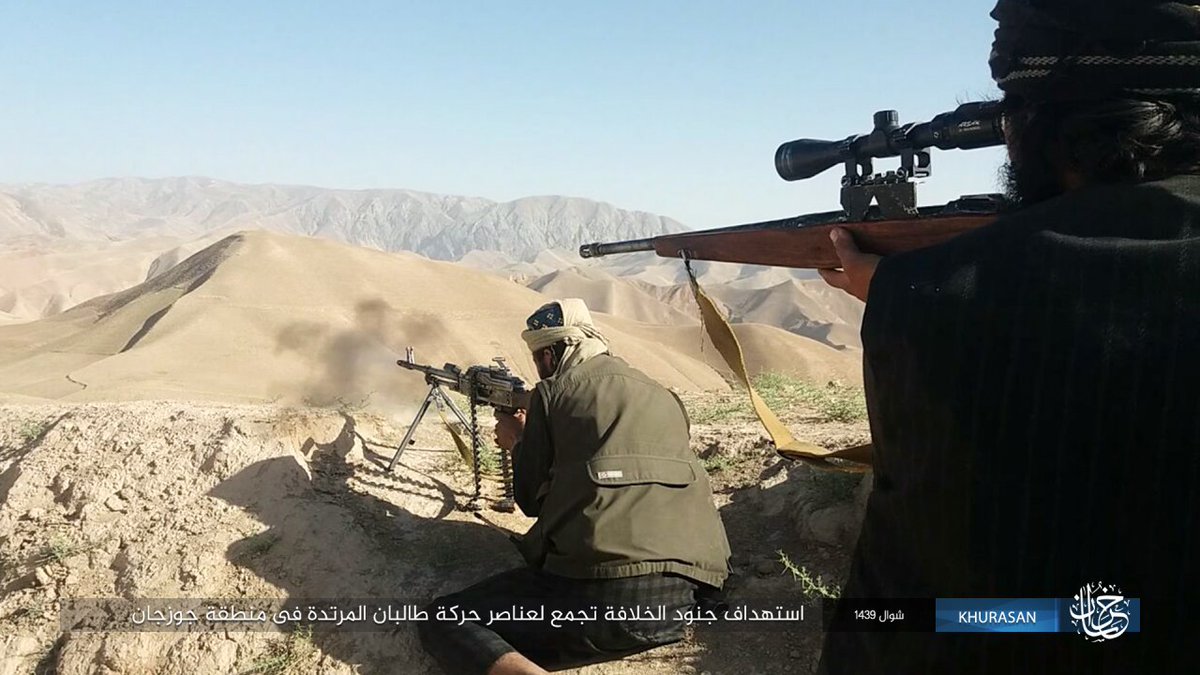
The complex Taliban operation that was designed to eject the Islamic State from Jawzjan highlights the Taliban’s ability to coordinate and mass for attacks in the Afghan north. However it is unlikely that the Islamic State has been “completely defeated” in the north.
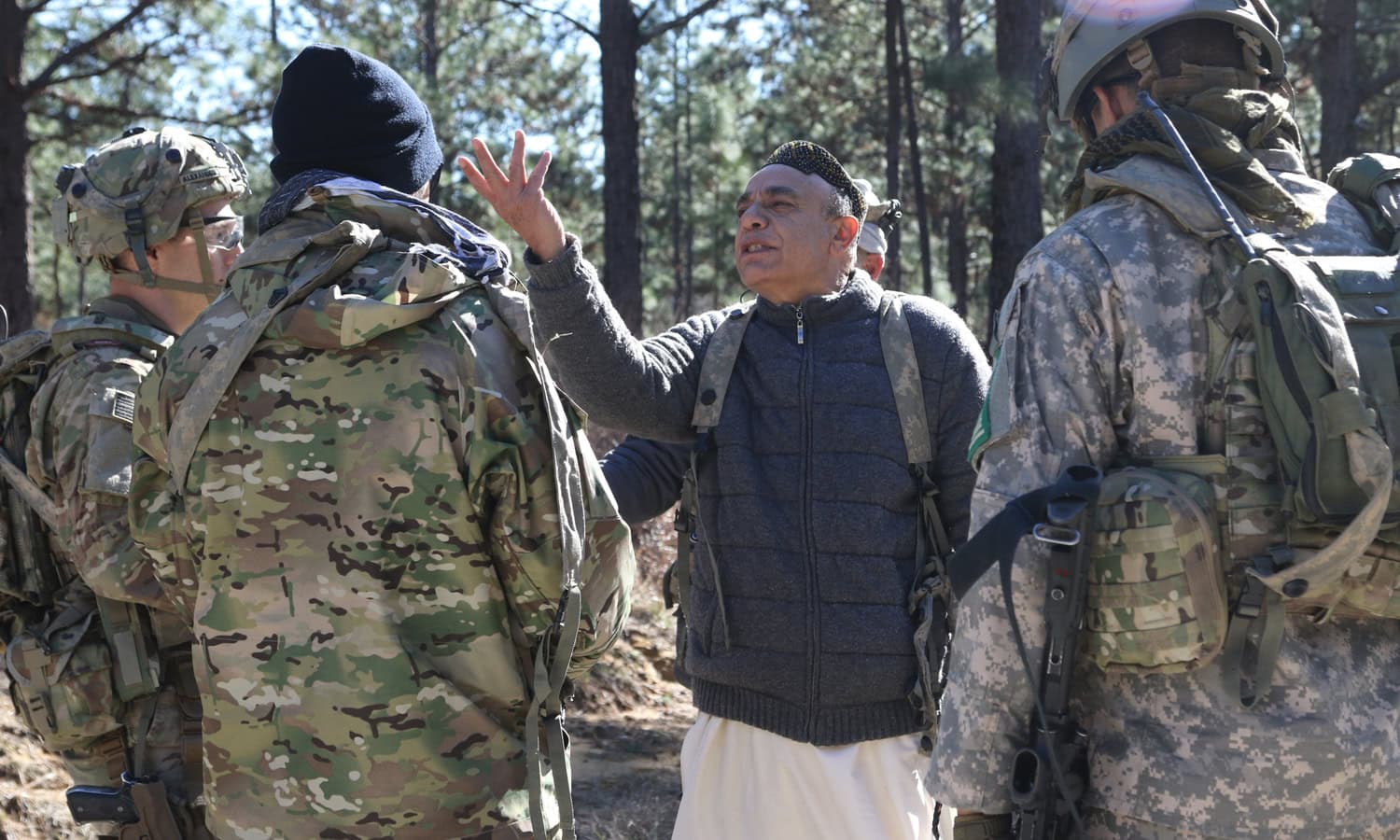
Resolute Support continues to invent new terminology to obfuscate the extent of Taliban control in Afghanistan.